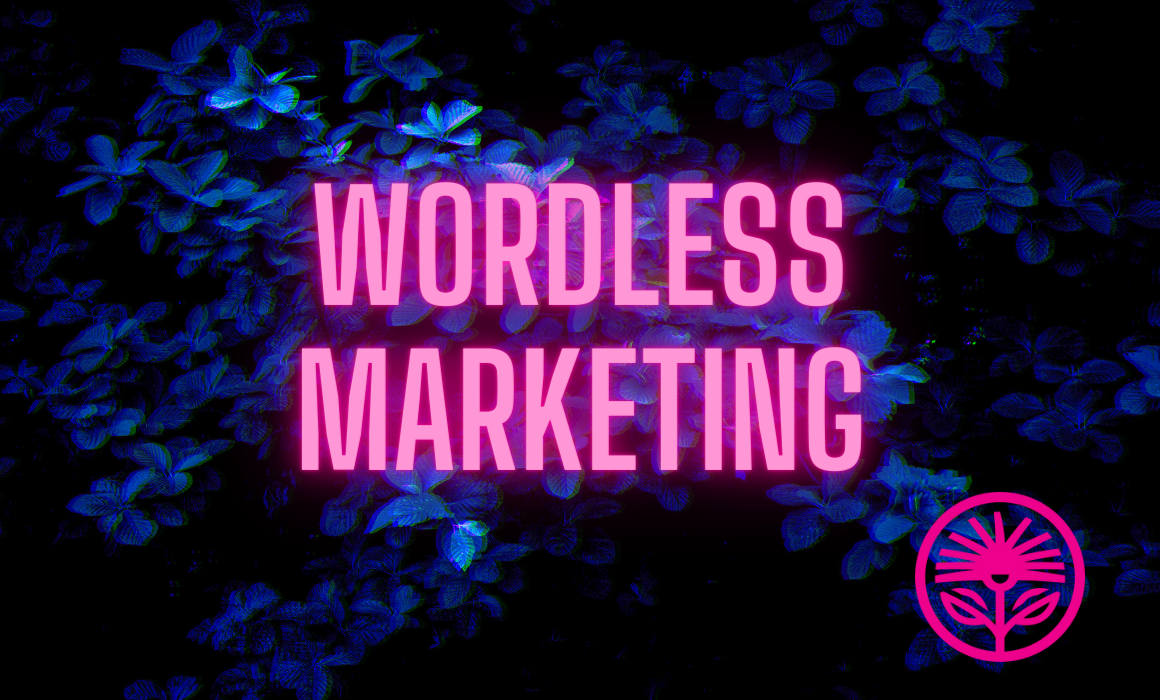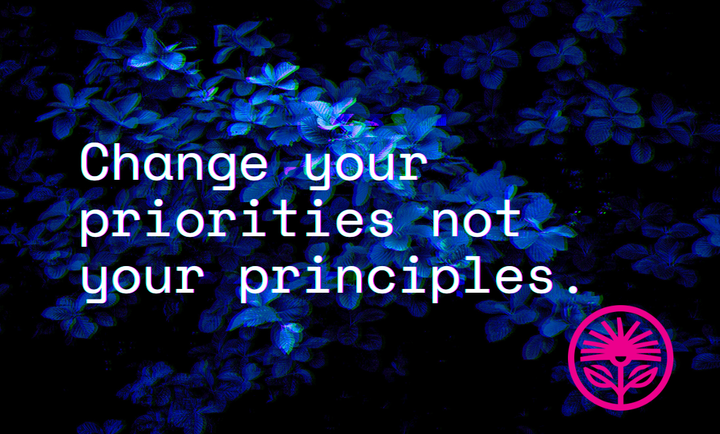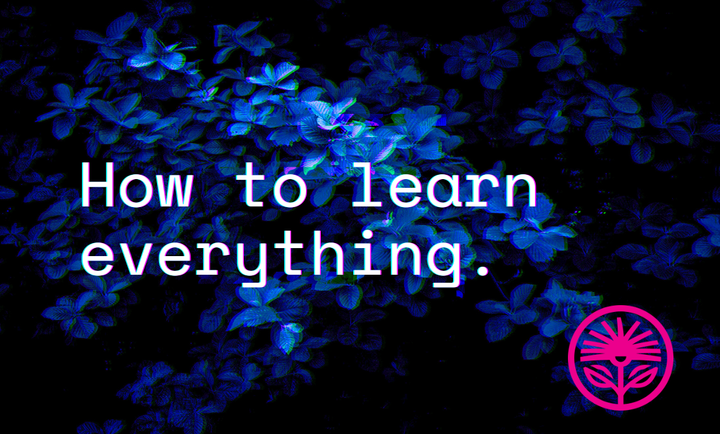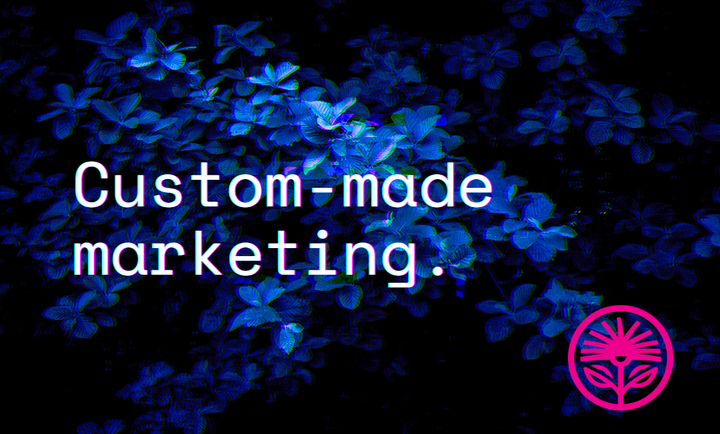Kelford Labs Weekly: Wordless Marketing
What would you show?

When I talk to new clients about how they can demonstrate their value at a distance—the essence of marketing—there’s a common question I’ll ask, in the form of this thought experiment:
Imagine, for whatever reason, you have to set up a booth at a local convention center to promote your business.
Don’t worry, in this scenario, your ideal customers or clients are attending the trade show. The people you want to be there are there.
And it’s your job to demonstrate to them that you’re the right business for their need.
Here’s the catch, though. You can’t say anything. Nothing, not one word, written or spoken.
It’s just you, a trade show booth, a folding table, and the crowd.
Now, if you wanted to demonstrate your value and get your point across, without any words at all, what would you show?
What props would you bring from your home or office?
What would you act out, charades-style?
What would you point to, draw attention to, or wave around?
How could you demonstrate your value without using a single word?
Really sit with this. Close your eyes for a minute and imagine the scene. Place yourself there, imagine the crowd, the sights, sounds, and smells of the convention center.
Visualize, as best you can, the table, the objects atop it, and what you would do to tell your story, wordlessly.
Can you do it?
If not, that’s not a problem, but it is an opportunity for greater clarity. Because marketing is not about talking, writing, persuading, or convincing.
It’s about demonstrating that the value you provide is the value your best customers need most.
To give you an example, when I close my eyes and picture what I’d put in my booth, here’s the scene:
Atop my folding table is a stack of books—there are no words on the covers, but they’re thick and show signs of careful study and regular reading.
Beside that pile of books is a notebook and pen, open to a blank page.
Next to that are a crowd of little figurines of people.
Next to the crowd of figures is a model of an office building.
So, when people come to browse by my booth, this is what I act out:
First, I grab a couple figurines and I place them next to the building. I act out them walking toward the building, going inside, and then leaving it.
Next, I show one of the figurines walking out of the model of the building and standing in front of it. I have it gesture toward the crowd, as if trying to get their attention. I pick up one or two of the figurines and show them looking toward the building, but not getting any closer.
And then I point to the remaining crowd, and draw a line in the air between the crowd and the building.
I then shrug, asking an unspoken question about how we get more of the people to go toward the building.
That’s when I start paging through the books, flipping through the pages, pointing at sections with the tip of a pen.
I pantomime scribbling a series of words and objects into the notebook.
I dramatically rip the page out of the notebook, and I carefully fold it until it’s a tiny square.
I place the tiny square of paper into the hand of the figurine in front of the building.
I have it look toward the paper and then gesture, wave, and point toward the building.
Then, one at a time, I move more figurines from the crowd toward the building. First one or two, then three or four at a time.
And then, as I move more of them closer, I quickly act out scribbling more notes into the notebook, and I pass the pages to the figurine in front.
Suddenly, I move an even bigger group of figurines toward the building.
Now, I look at each of the real people standing in front of my booth. I make eye contact, and I point to them, and then I point to the figurine in front of the building, reading from the notes.
I point to myself, and then I put my hand on top of the stack of books. And I pull an identical notebook and pen out of my pocket.
I click the pen, and I show them I’m ready to write.
Now, after writing that out, it’s so much clearer to me what I actually do. How I actually help. What people actually want my help for.
I’m not a marketer, I’m not a strategist, I’m not a writer. I’m not any of those labels or categories individually—I’m all of them.
And, put together, what I do is simple: I help you find the words to demonstrate your value to your very best customers.
Which means I have to ask myself: Why aren’t I saying that more often, more clearly, more specifically?
So now it’s your turn. Imagine your booth. Imagine your table. Imagine your props, and imagine the crowd.
What would you show them to demonstrate your value?
And, the hard question: Why aren’t you saying that now?



